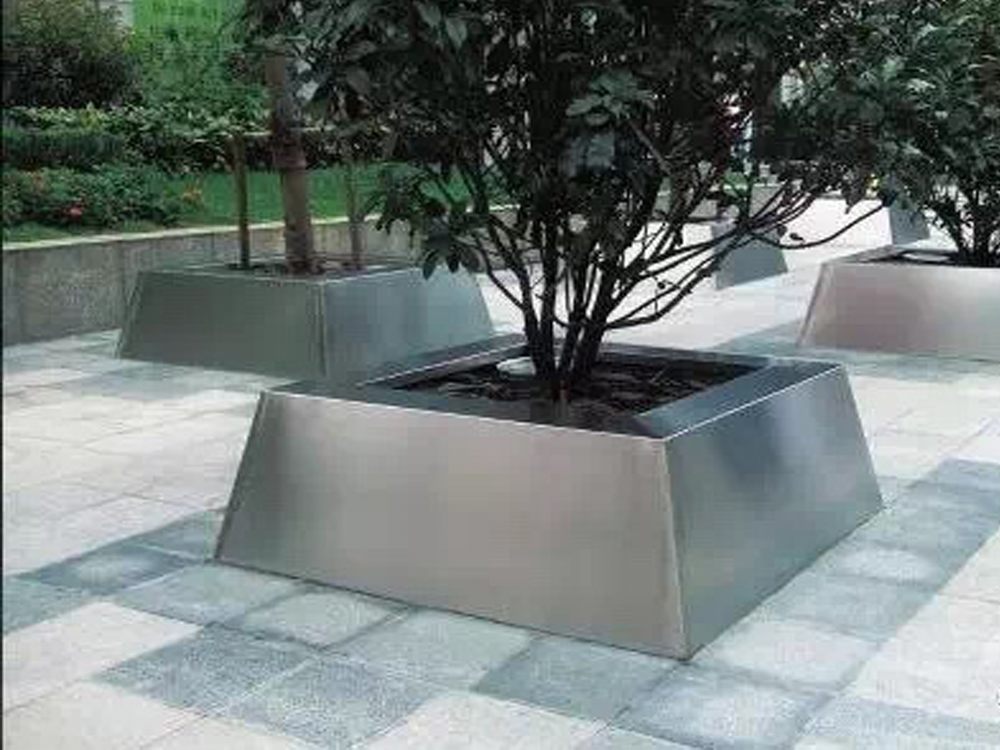
Wood carvings, traditionally rooted in craftsmanship and cultural heritage, have evolved to embody the principles of modern and postmodern art theories. Modern art’s emphasis on abstraction, minimalism, and experimentation is evident in contemporary wood sculptures, where artists often strip forms to their essence or play with geometric precision. For instance, the influence of artists like Brancusi or Mondrian can be seen in the streamlined, abstract shapes of modern wood carvings, challenging traditional representational norms.
Postmodernism, with its rejection of grand narratives and embrace of eclecticism, further transforms wood carvings. Artists incorporate irony, pastiche, and cultural hybridity, merging folk traditions with pop art or surrealist elements. A wood sculpture might juxtapose classical motifs with industrial materials, reflecting postmodern fragmentation and intertextuality. Additionally, postmodern wood carvings often engage with socio-political themes, using the medium to critique consumerism or identity constructs, much like postmodern installations or conceptual art.
Ultimately, wood carvings today serve as a dynamic intersection of tradition and avant-garde thought, proving their adaptability to shifting artistic paradigms. Whether through modernist purity or postmodern complexity, these sculptures continue to resonate as powerful expressions of human creativity.

